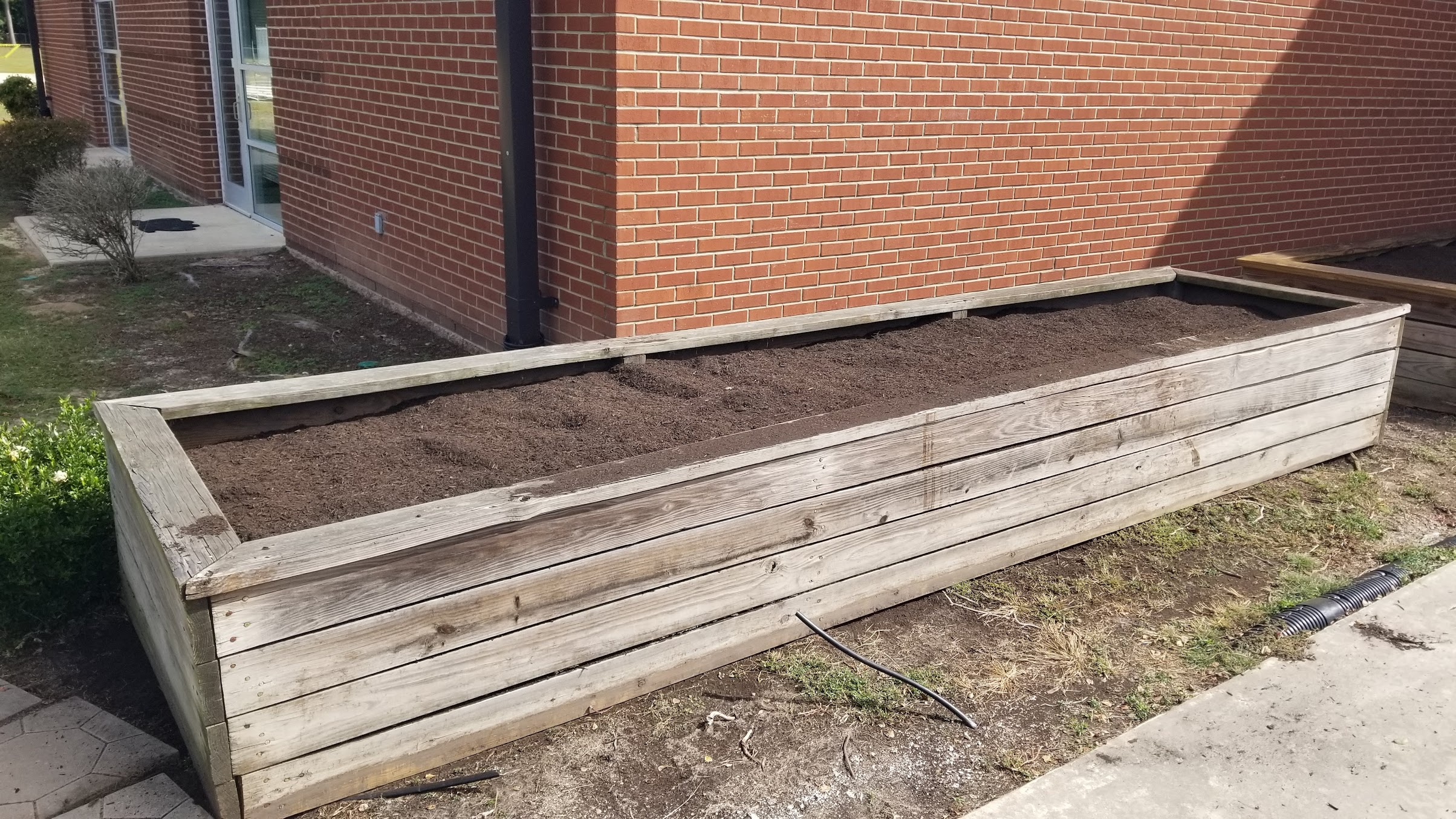Building Raised Beds
go.ncsu.edu/readext?905619
en Español / em Português
El inglés es el idioma de control de esta página. En la medida en que haya algún conflicto entre la traducción al inglés y la traducción, el inglés prevalece.
Al hacer clic en el enlace de traducción se activa un servicio de traducción gratuito para convertir la página al español. Al igual que con cualquier traducción por Internet, la conversión no es sensible al contexto y puede que no traduzca el texto en su significado original. NC State Extension no garantiza la exactitud del texto traducido. Por favor, tenga en cuenta que algunas aplicaciones y/o servicios pueden no funcionar como se espera cuando se traducen.
Português
Inglês é o idioma de controle desta página. Na medida que haja algum conflito entre o texto original em Inglês e a tradução, o Inglês prevalece.
Ao clicar no link de tradução, um serviço gratuito de tradução será ativado para converter a página para o Português. Como em qualquer tradução pela internet, a conversão não é sensivel ao contexto e pode não ocorrer a tradução para o significado orginal. O serviço de Extensão da Carolina do Norte (NC State Extension) não garante a exatidão do texto traduzido. Por favor, observe que algumas funções ou serviços podem não funcionar como esperado após a tradução.
English
English is the controlling language of this page. To the extent there is any conflict between the English text and the translation, English controls.
Clicking on the translation link activates a free translation service to convert the page to Spanish. As with any Internet translation, the conversion is not context-sensitive and may not translate the text to its original meaning. NC State Extension does not guarantee the accuracy of the translated text. Please note that some applications and/or services may not function as expected when translated.
Collapse ▲If you enjoy vegetable gardening, but have grown weary of all the bending, stooping, hand weeding, and crawling around on the ground, maybe it is time to think about building a raised bed. Raised beds offer other benefits other than less strenuous labor, such as better drainage, healthier root systems, warmer soil, and opportunities for season extension.
Raised beds are simple structures that are built and filled with soil to raise the elevation of the bed higher than the surrounding soil level. There are many materials that you can use to build raised beds. The most common is treated wood, but you can also use blocks, bricks, landscape timbers, old railroad ties, and containers. They can be constructed to fit your needs and your location.
Before building your beds, you should select a site that receives 8-10 hours of sunlight daily. Ensure the location is close to a water supply so you can supplement irrigation during dry periods. Place the beds close to the house, as studies have shown that the further away gardens or beds are from the home, the less likely they are to be tended.
NC State recommends building raised beds no more than 4 feet wide, so you can easily reach the middle of the beds. Beds can be built 1-3 feet high, and 4-16 feet long, depending on the materials available, and how much you want to invest in the project.
Once the frame is constructed, fill the first 6 inches of the bed with sand to help wick moisture away from the bottom of the root zone. Finish filling the bed with high quality soil medium, or compost.
To build a 4’x16’x30” bed you will need the following materials:
8 – 4’x4’x22.5” posts
8 – 2’x6’x46: ends
8 – 2’x6’x187” sides
8 – 2’x6’x16” inside bracing
2 – 2’x6’x16’ side caps
2 – 2’x6’x48” end caps
3-4 cubic yards of soil medium




